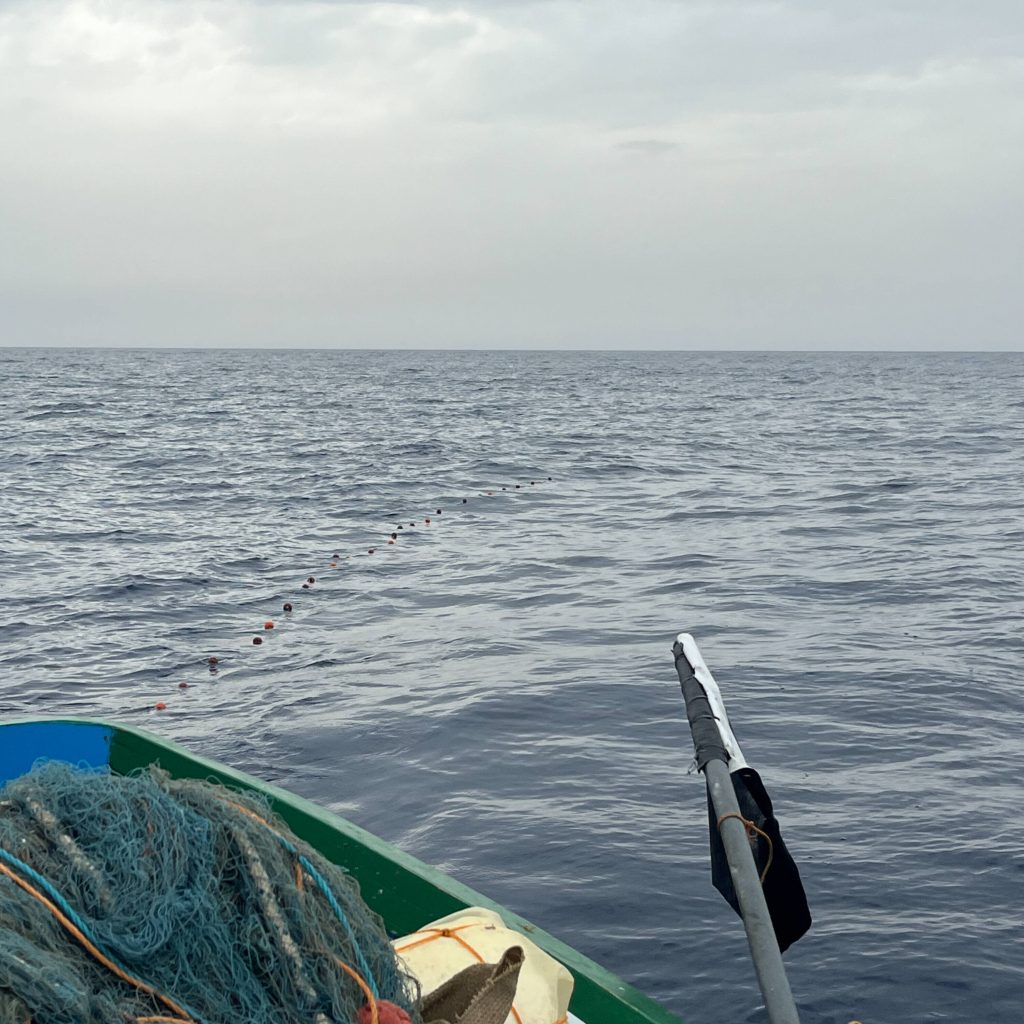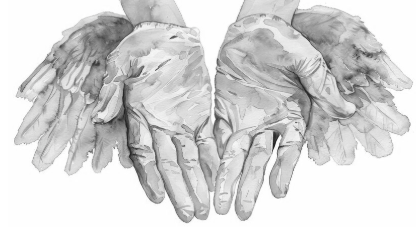January 28th 2025

Mishel Tachet
tachetmishel@berkeley.eduMishel Tachet is a first-generation university student, completing her undergraduate degree in Anthropology. Her focus is on cultural and environmental anthropology, interested in multi-species ethnography, natureculture themes, climate change, and borders and immigration.
In June of 2024, I spent the summer conducting ethnographic research in Gozo, Malta under the guidance of the Off the Beaten Track Field School. The following is a reflection on my research questions and explores themes my interlocutors expressed to me during my time on the island.
As an archipelago situated in the central Mediterranean, Malta is particularly sensitive to climatic changes. This was especially apparent in Gozo, the smaller island within Malta, which prompted me to explore the relationship between the ocean and those who live intimately with it. My initial research question thus asked: “How do fishers sensorially perceive climatic changes in and around the sea?” While my initial research question focused on small-scale professional fishermen, serendipitous encounters led me to the cliffs. Moving away from professional fishing allowed me to engage with those who held knowledge of the sea outside of income-based fishing, which ultimately revealed forms of embodiment that responded to my initial question.
Through various methods such as interviews and participant observation with Gozitans, I became aware of the ways that individuals grappled with the exceptional changes that have occurred over the past 30 years. As one interlocutor articulated, “Everything has been turned upside down”. These changes in the physical milieu are undeniable, such as the increasing jellyfish population that acts as a kind of barometer for climatic change and the various ways people grapple with such changes. Jellyfish are non-human agents that dually hold symbols of wonder, prompting means of connection between humans and these strange sea creatures, and danger, as their stinging tentacles and rising populations pose threats to locals and ocean biodiversity alike. While jellyfish provide avenues to understand how locals adapt to changes, the absence of previously staple species is just as disrupting. Often, change is recognized through sensorial memories, such as recollections of shores once filled with sea urchins, seas that used to turn black with dancing kahli (sea bream), or coos from nesting birds that used to engulf the cliff sides.
The absence of these occurrences carries a great deal of pain for locals. Spaces that were once bountiful with certain non-humans become haunting, as Gozitans grapple with calm waters and silent cliffs once full of life and movement. Sensorial memories can be a tool to grieve for what once was while also passing down knowledge to care for what remains. One interlocutor struck me by insisting, “We have to respect nature because when we respect nature we respect ourselves”. Her words indicate a need to dismantle the nature/culture border that looks to sever humans from nature. In traversing this, we recognize our innate intertwining with the natural world, revealing our catastrophic impacts and unique vulnerability in the face of anthropogenic climate change.




